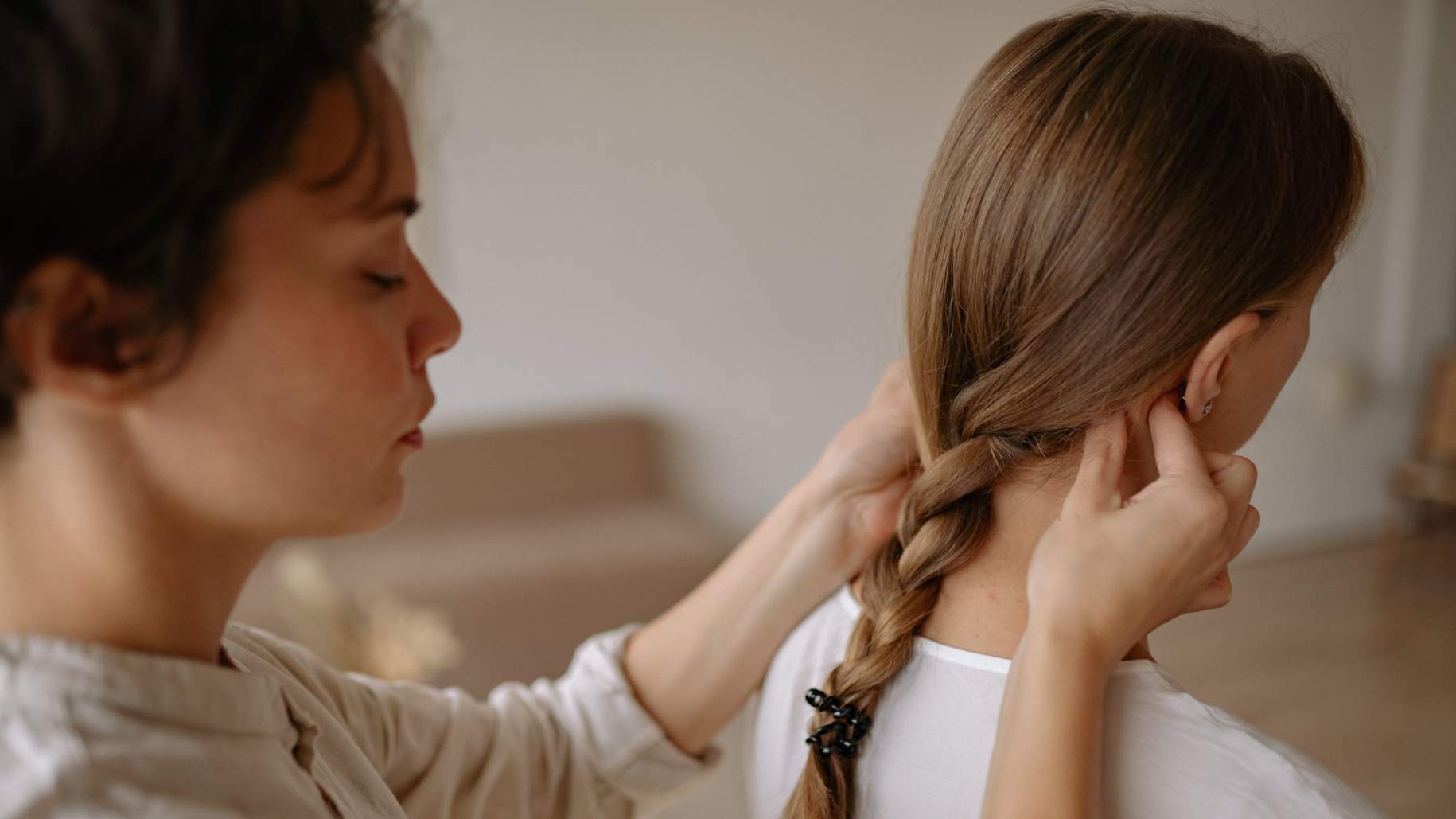Medical Management of Hemifacial Spasm


Hemifacial spasm (HFS) is a neurological condition that causes involuntary muscle contractions on one side of the face. These contractions manifest as twitching, blinking, or spasms of the muscles around the eye, mouth, and cheek. Typically, spasms start around the eye and then spread to other facial muscles over time. Symptoms can range from being mild to severe and may interfere with your vision, speech, and daily activities.
Here we will review the hemifacial spasm medications that are commonly prescribed, as well as complementary and natural approaches that may reduce and relieve symptoms. The goal of medical management is to reduce the frequency and severity of facial spasms and improve your quality of life.
Although medications may provide some relief, they are unlikely to cause a complete relief of hemifacial spasms. Surgery remains the only option for complete relief of spasms.
What are the best hemifacial spasm medications?
Many people find that onabotulinumtoxinA (Botox, Allergan Aesthetics, Irvine, CA) is an effective way to provide rapid relief of hemifacial spasm symptoms. However, the effect is temporary. Small amounts of Botox are injected into the affected muscles, blocking nerve signals that trigger muscle contractions and reducing the spasms. You may experience temporary facial weakness or eyelid drooping after Botox injections, but these side effects will resolve within 1 to 3 days. The effects of Botox typically last for several months before repeat injections are needed.
Surgery remains the best option for complete relief of spasms. Long-term use of Botox can lead to permanent facial weakness even after surgical relief of spasms.
Your doctor may also prescribe one of the following oral hemifacial spasm medications to help manage your hemifacial spasms:
- Carbamazepine: Carbamazepine is an anti-convulsant that reduces muscle spasms by blocking the flow of certain types of electrical impulses in the brain. Common side effects include drowsiness, dizziness, nausea, headaches, blurred vision, dry mouth, or stomach pain.
- Clonazepam: Clonazepam is a sedative that has a calming effect and is used to treat anxiety and panic disorder and relieve muscle spasms. When taking clonazepam, you may experience drowsiness, dizziness, fatigue, lightheadedness, blurred vision, dry mouth, or nausea. Because taking clonazepam for longer periods may lead to addiction and withdrawal symptoms like seizures, insomnia, and irritability, it’s important to use only as prescribed by your doctor.
- Baclofen: Baclofen is a muscle relaxant that works by inhibiting the release of neurotransmitters involved in the contraction of muscle spasms. Common side effects include drowsiness, dizziness, fatigue, weakness, nausea, constipation, dry mouth, and headache.
- Gabapentin: Gabapentin can reduce symptoms of hemifacial spasm by limiting the activity of certain nerve cells in the brain that regulate muscle tone and by reducing inflammation of the facial nerve. When taking gabapentin, you may experience drowsiness, dizziness, fatigue, nausea, diarrhea, constipation, dry mouth, and blurred vision. Other side effects include mood or behavior problems, such as depression, anxiety, or suicidal thoughts.
Keep in mind that these hemifacial spasm medications may not be appropriate for everyone, and you should talk to your neurologist to determine the dosage, duration, and combination of medications for the most safe and effective treatment. Tell your doctor of any other medical conditions or medications you are currently taking and report any side effects right away.
It is important to note that these medications help to control symptoms but do not address the root cause of hemifacial spasms. Although hemifacial spasms might resolve or go into remission after months to years, most persist and may increase in frequency and the number of muscles affected over time. If hemifacial spasms continue or worsen despite medical treatment, other treatment options such as surgery may be explored.

Complementary Treatments for Hemifacial Spasm
Using natural or home treatments may help to decrease spasms, address muscle tension, and reduce overall stress and anxiety. Here are some you may want to consider as part of your overall management plan.
- Get enough sleep: Avoiding fatigue can be helpful for managing hemifacial spasm. Fatigue is one of the common triggers for hemifacial spasm, and getting enough rest and sleep can reduce the risk of spasms.
- Acupuncture: This traditional Chinese medical treatment may help to relieve symptoms of hemifacial spasm. Consult with a qualified acupuncturist or a medical doctor before trying acupuncture.
- Relaxation techniques: Practicing relaxation techniques such as progressive muscle relaxation, yoga, and meditation can help to reduce stress and tension in the face and throughout the body, which can provide relief from hemifacial spasm symptoms.
- Gentle massage: Gentle massage can be used to alleviate tension after a long day of muscle contractions. Massage the affected area of the face, especially places where your muscles frequently contract.
- Facial and neck exercises: Stretching the muscles of the face, jaw, and neck can help to reduce tension and alleviate some discomfort.
- Physiotherapy: Physiotherapy, also called physical therapy, may be used as a complementary treatment to help manage problems associated with hemifacial spasm. A therapist can teach you exercises to do at home to reduce muscle tension.
- Vitamins and supplements: There are no vitamins for hemifacial spasm that will get rid of your condition completely. It is also unclear whether vitamin supplementation will alleviate hemifacial spasm symptoms. Certain vitamin and mineral deficiencies (Vitamin D, magnesium, calcium) are associated with muscle pain and muscle spasms and may exacerbate hemifacial spasm symptoms. In general, eating healthy proportions of fruits, dairy, vegetables, grains, and lean proteins is beneficial for your overall well-being. Vitamins and supplements may be considered particularly if you have dietary restrictions.
Depending on the severity of hemifacial spasm symptoms, you may choose to manage your condition using only non-medical approaches. Other patients with more severe spasms may choose to try medications. Unfortunately, many patients do not experience lasting benefit from medications, and surgery may be pursued.
Why should you have your surgery with Dr. Cohen?
Dr. Cohen
- 7,500+ specialized surgeries performed by your chosen surgeon
- More personalized care
- Extensive experience = higher success rate and quicker recovery times
Major Health Centers
- No control over choosing the surgeon caring for you
- One-size-fits-all care
- Less specialization
For more reasons, please click here.
What is the best medicine for hemifacial spasms?
The best answer to the question of what medication relaxes facial muscles is anticonvulsants like gabapentin, carbamazepine, baclofen, and clonazepam, which help reduce muscle spasms by calming nerve activity.
What medication is used for mouth twitches?
Medications commonly used for mouth twitches, such as those seen in hemifacial spasms, also include anticonvulsants like carbamazepine, gabapentin, muscle relaxants like baclofen, and benzodiazepines such as clonazepam. Additionally, botulinum toxin (Botox) injections are frequently the preferred and most effective treatment for mouth and facial twitches, temporarily paralyzing the affected muscles to reduce twitching, with effects lasting several months before repeat treatment is needed.
Is baclofen good for hemifacial spasm?
Yes, Baclofen is one of the Hemifacial spasm medications as a muscle relaxant that helps reduce spasms by inhibiting neurotransmitter release involved in muscle contractions. Some patients, including those refractory to other medications, have experienced significant symptom relief with baclofen, often within days, and it is generally well tolerated with manageable side effects.
Treatment for Similar Conditions
A similar but distinct condition called facial myokymia also involves contractions of the facial muscles. Unlike the contractions of hemifacial spasm, facial myokymia involves subtle muscle contractions that may appear like rippling of the skin. It may affect one or both sides of the face. Facial myokymia often resolves on its own in weeks to months, but persistent cases may be treated using the same medical approaches as for hemifacial spasm.
Key Takeaways
- Botox injections can provide rapid relief of hemifacial spasm for several months at a time.
- Your doctor may also prescribe an oral medication, like carbamazepine, clonazepam, baclofen, and gabapentin, to help manage your hemifacial spasms.
- The goal of treatment is to reduce spasms and improve your quality of life.
- Other natural and home approaches for managing hemifacial spasm include getting enough sleep, acupuncture, relaxation techniques, massage, facial and neck exercises, physiotherapy, and vitamin supplements.
- Work closely with your doctors to find the best treatments to manage your specific symptoms.
- Tell your neurologist all medications you are taking, and report side effects immediately.











